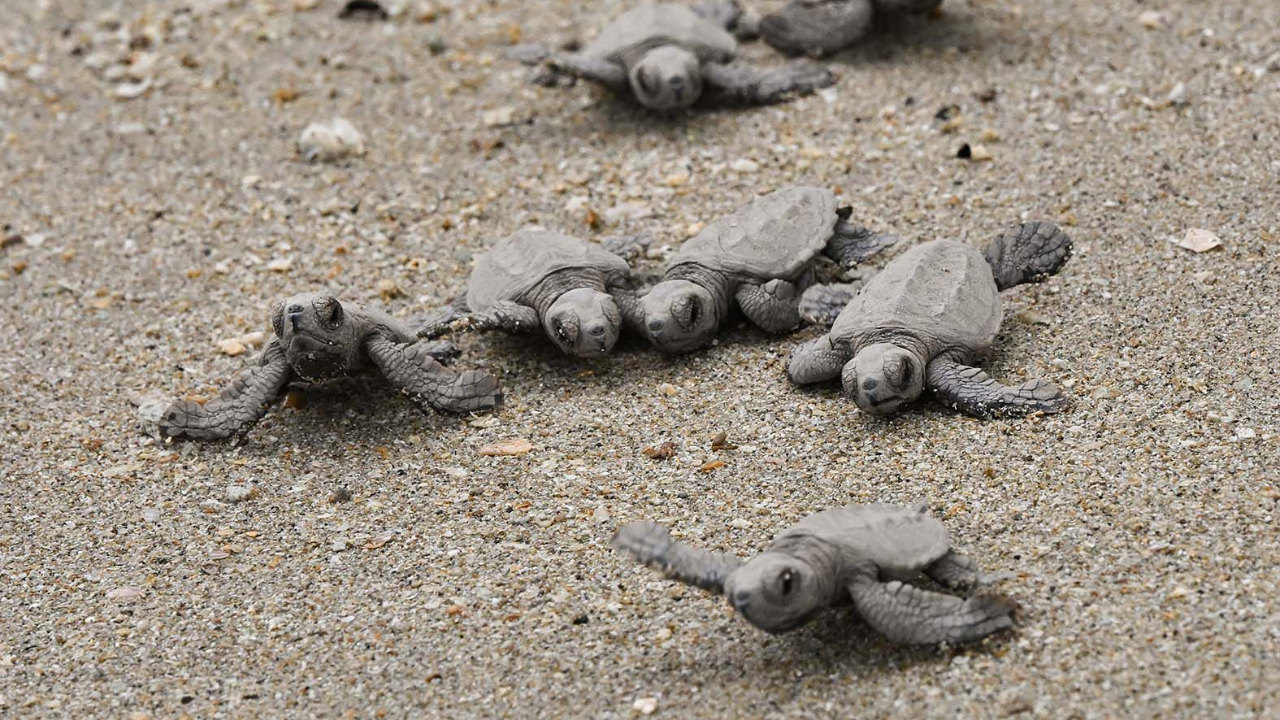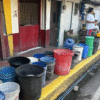
chevron_left
-
 play_arrow
play_arrow
105.1 TMC 105.1 TMC
-
 play_arrow
play_arrow
Cebu Calling Podcast Kuya Magik
Singapore Sees Surge in Hawksbill Turtle Nesting, Reaches Five-Year High

share
close
Singapore’s beaches are experiencing a hopeful development for marine conservation in 2025. The number of hawksbill turtle nests recorded has already reached 18—marking a five-year high with almost two months left in the nesting season, according to the National Parks Board (NParks).
This figure surpasses the recent annual average of 11 nests logged between 2021 and 2024, suggesting a positive uptick. However, NParks officials stress that it is too early to identify a clear trend, as fluctuations in nesting activity can vary from year to year.
The critically endangered hawksbill turtle, recognizable by its sharp, hawk-like beak, plays a crucial role in sustaining marine ecosystems. By feeding on sponges, hawksbills allow coral reefs more room and time to regenerate, maintaining biodiversity and reef health.
Despite their ecological importance, the species faces grave threats. Habitat loss from coastal development, sea pollution, and reclamation projects continue to erode safe nesting sites.
Meanwhile, the illegal wildlife trade drives demand for their distinctive mottled shells, used in decorative items.
Hawksbill turtles are one of only two sea turtle species that come ashore in Singapore. Each year, between May and October, females make their way to familiar nesting grounds such as East Coast Park and Changi to lay dozens of eggs.
Recognizing the challenges these turtles face, NParks established a hatchery in 2018 at Small Sister’s Island. The facility provides protection for vulnerable nests exposed to heavy foot traffic and other disturbances, giving hatchlings a greater chance at survival.
Still, global estimates suggest that only one in every 1,000 hatchlings makes it to adulthood.
“Turtle nests, when encountered, are carefully monitored to track hatching success and understand what influences survival,” said Dr. Karenne Tun, NParks’ group director of the National Biodiversity Centre. “This monitoring allows us to introduce interventions where possible across the turtle’s life cycle to improve survival rates.”
Interestingly, Singapore’s other known sea turtle species—the green turtle—has not been observed nesting locally, despite being more prevalent in nearby Malaysia. Since 2017, NParks’ beach patrols have only recorded hawksbill turtles in Singapore.
“We are still trying to understand why that is the case,” said Mr. Collin Tong, deputy director of NParks’ coastal and marine branch. “It is a good thing, but nobody knows why.”
To deepen understanding, NParks has been tagging and tracking turtles arriving in Singapore. Satellite trackers have revealed that at least two nesting females originated from Indonesia’s Riau Islands.
Other flipper-tagged turtles have demonstrated site fidelity, returning to Singapore repeatedly to lay eggs.
While these insights are valuable, much remains uncertain. Ongoing research is investigating nesting behaviors, migratory routes, and how climate change may affect turtle populations in the region.
Conservation efforts extend beyond NParks’ patrols. Members of the public are encouraged to join NParks’ Biodiversity Beach Patrol, helping monitor nesting sites.
Authorities also advise beachgoers to keep their distance from nesting turtles, avoid loud noises or bright lights, and steer clear of turtle tracks, which are vital for researchers to identify species and locate nests. Encounters should be reported to NParks’ helpline at 1800-471-7300.
With continued protection and community support, Singapore’s rising nest numbers may signal a brighter future for the hawksbill turtle—an ancient mariner struggling to survive in a rapidly changing world.
Written by: topsmediacenter
Rate it
Latest posts
Current show
Upcoming shows

News Bites
9:30 am - 10:00 am

Top Of The Morning
10:00 am - 1:00 pm

The Magik Hour
1:00 pm - 2:00 pm

TMC Local Flavours
2:00 pm - 7:00 pm

Stellar Spark Show
7:00 pm - 8:00 pm
All rights reserved - Copyright 2025 - Tops Media Center









